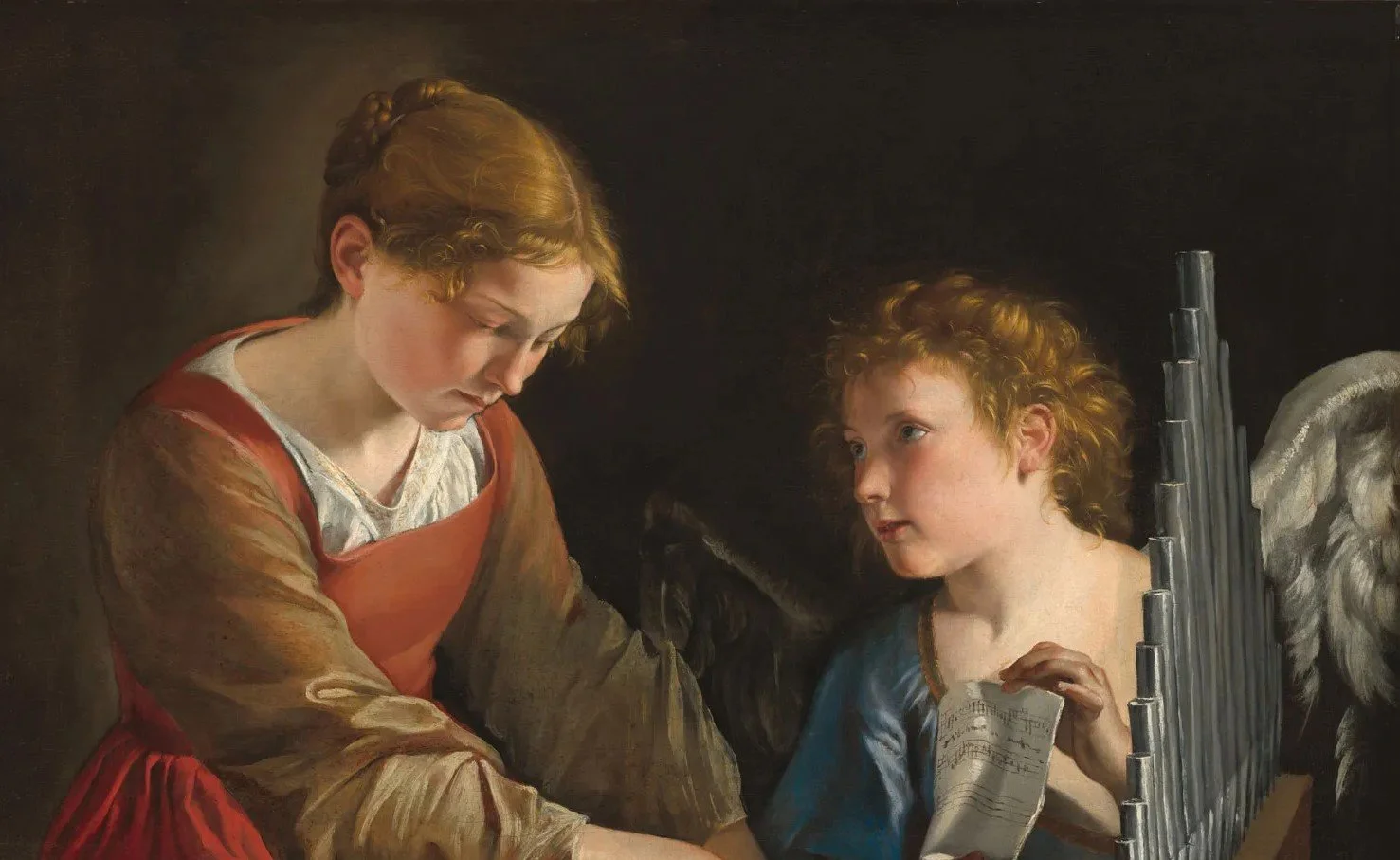(Saint Cecilia & an Angel by Gentileschi & Lanfranco, c. 1617)
This week, there were several controversies arising from the funeral of Cecilia Gentili, which was held at St. Patrick’s Cathedral, Manhattan — May She Rest in Peace.
One “mourner” at the lectern declared loudly: “This whore, Saint Cecilia, Mother of All Whores” seemingly cross-referencing to Gentili, who was a transgender, atheist prostitute.
St. Cecilia’s life
The legend is that Cecilia was a noble lady of Rome who, with her husband Valerian, was martyred ~230 AD, under Emperor Alexander Severus. (Accounts vary, and she may have been killed by Emperor Marcus Aurelius.)
Cecilia had taken a vow of virginity, but her parents forced her to marry a pagan nobleman named Valerian. During the wedding, Cecilia sat apart singing to God in her heart, and for that, she was later declared the saint of musicians. Cecilia told Valerian that an angel watched over her and that hew would be punished if he violated her…When Valerian asked to see the angel, Cecilia replied that he could see the angel if he would go to the third milestone on the Via Appia and be baptized by Pope Urban I. After following her instructions, Valerian saw the angel standing beside her, crowning her with a chaplet of roses and lilies. St. Cecilia was initially buried in the Catacomb of Callixtus but later transferred to the Church of Santa Cecilia in Trastevere. In 1599, her body was found to be in-corrupt.
Cecilia symbolizes the central role of music in the liturgy.
St. Vitalis of Gaza
The actual Patron Saint of prostitutes (and day-labourers!) is St. Vitalis of Gaza who died, c. 625 AD.
He would hire the woman for the night and, according to legend, spend the night awake praying.
Kevin Hay
You can follow Kevin on 𝕏 (formerly Twitter / Twi𝕏)
@kevinhay77


